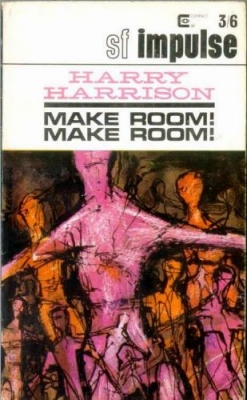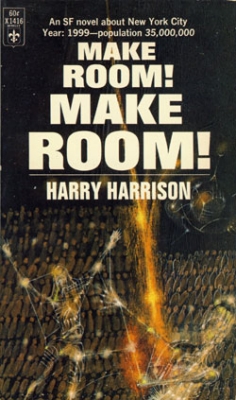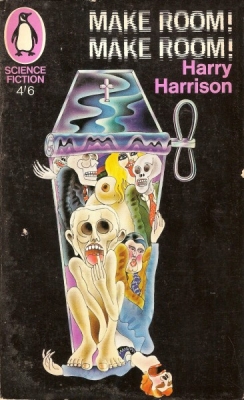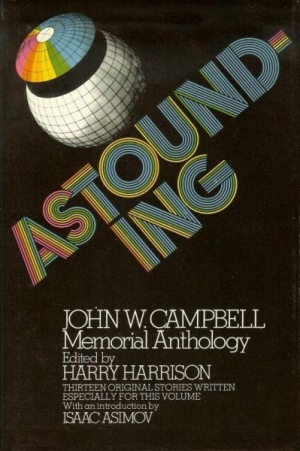The Golden Age of Science Fiction: Make Room! Make Room!, by Harry Harrison
An award called The Prix Jules Verne would seem to be presented in France, and, in fact, such a literary prize was given out in France from 1927 to 1933 and 1958 to 1963 for fantasy and science fiction by French authors. However, the Prix Jules Verne that was presented from 1975 to 1980 was a Swedish award about which little is known. The first one was given to Roland Adlerberth. Rolf Ahlgren, Eugen Semitjov, and Lars-Olov Strandberg for their service to Swedish science fiction. Subsequent awards were presented to individual authors for specific novels. The first novel to win the award was Ursula K. Le Guin’s The Left Hand of Darkness. The last award before it was discontinued was presented to Harry Harrison for Make Room! Make Room!.
Make Room! Make Room! is best known for being the inspiration for the 1973 Charlton Heston and Edward G. Robinson film Soylent Green, although there are significant differences between the film and the novel. The novel is an interesting and atypical work. While the protagonist, Andy Rusch, is a police detective tasked with tracking down the murderer of Big Mike O’Brien and discovering if there are political implications in Big Mike’s death, it is not a police procedural and the crime and investigation often take a back seat. Harrison also provides the identity of the killer, as well as telling parts of the story from his point of view, throughout the book.



